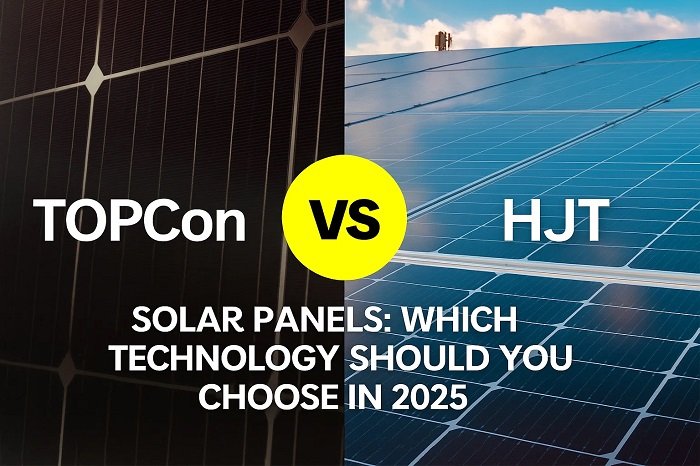Tandem solar cells differ from traditional silicon-based solar panels
Solar energy technology has evolved a lot, in which the traditional silicon solar cells panel is one of the most popular types of solar panels. However, a new contender has emerged in recent years: tandem solar cells. The advanced solar cells will be better and efficient to produce more energy thus brightening future promising power solutions. In this post, we will learn the key distinguishing factors of tandem solar cells as compared to standard Silicon solar panels, and why tandem cells might form the future of solar energy.
What Are Tandem Solar Cells?
Multi-junction solar cells where Tandem Solar cells are designed as multiple higher layers of different materials for light absorption. Each layer takes in specific wavelengths of daylight in order to let cells collect a wider part of the solar spectrum.
The maximum tandem configuration consists of a perovskite layer as a top layer on silicon substrate. Doping perovskites, materials with extreme light capturing abilities, can significantly increase potential efficiencies when added to standard silicon. Only on a single layer of silicon, compared here that traditional solar panels using silicon material are composed of.
Of course, the cell can work concurrently in order to improve the overall performance of the solar cell. It can connected or individual on series. Although for decades, these panels have evolved in performance, silicon alone cannot capture all the light wavelengths which to this present time, efficiency is at a stand of 20-22%.
Key differences among Tandem Solar Cells and Silicon-Based Panels
Efficiency
- Tandem Solar Cells: With their ability to capture different elements of the solar spectrum, tandem cells can obtain efficiencies of over 30% in laboratory settings. This is considerably better than the performance of silicon-only panels.
- Silicon-Based Panels: Despite enhancements, traditional panels typically max out at around 22% efficiency under the best conditions. Their performance is restricted by the inherent properties of silicon that only absorbs certain wavelengths correctly.
Materials Used
-
Tandem Cells: Often use a combination of silicon and perovskites, through different materials together with gallium arsenide can also be employed in specialized tandem cells. Those layered structures are more complex to manufacture.
-
Silicon-based Panels: Traditional Solar Panels Use silicon wafers, frequently dealing with phosphorus and boron to create the needed electric field. Silicon stays the number one fabric due to its abundance and mounted production process.
Manufacturing Complexity and Cost
- Tandem solar Cells: The manufacturing technique is more intricate, as it involves stacking and integrating multiple materials, each with unique properties. But, improvements in perovskite-silicon tandem production may finally lower fees.
- Silicon-based Panels: Benefits from decades of development, making them easier and inexpensive to supply at scale. The manufacturing technique is well-optimized, making those panels greater affordable for residential and commercial use.
Overall performance in Real-world Conditions
- Tandem Cells: They tend to carry out better in varying conditions, including cloudy weather, considering that they could harness different components of the sun spectrum.
- Traditional Panels: While reliable, they experience extra drops in performance under suboptimal light situations.
Benefits of Tandem Solar Cells
- High Energy Yield: Due to their better performance, tandem solar cells can generate more electricity from the same surface area as compared to silicon-based panels. This makes them ideal for packages where space is confined.
- Improved Energy Output across Different Climates: Tandem cells excel in numerous weather situations, making them a flexible option for regions with various sunlight intensities. They can also maintain higher overall performance during mornings and evenings while light conditions are less great.
- Future-proof technology: As the demand for renewable energy increases, tandem solar cells are visible as a promising solution for attaining higher performance targets and meeting developing energy needs besides requiring additional land or infrastructure.
Tandem Solar cells are an ambitious progression of sun technology that provides enhanced efficiency and increased efficiency in comparison to silicon solar panels. Despite issues of value and durability being a work in progress issues, creating a way for broader adoption.
With the world much more eco-consciousness and gradually shifting towards sustainability, tandem solar cells should be in a strategic place to boost strength production and minimize force on the fossil companions. While silicon-based panels continue to control the market, tandem solar technology is a glimpse into the future of solar energy solutions.
Tandem solar cells step by step make the future of solar energy look brighter with continued innovation indicating more effective, environmentally friendly, and versatile solutions for energy requirements.








